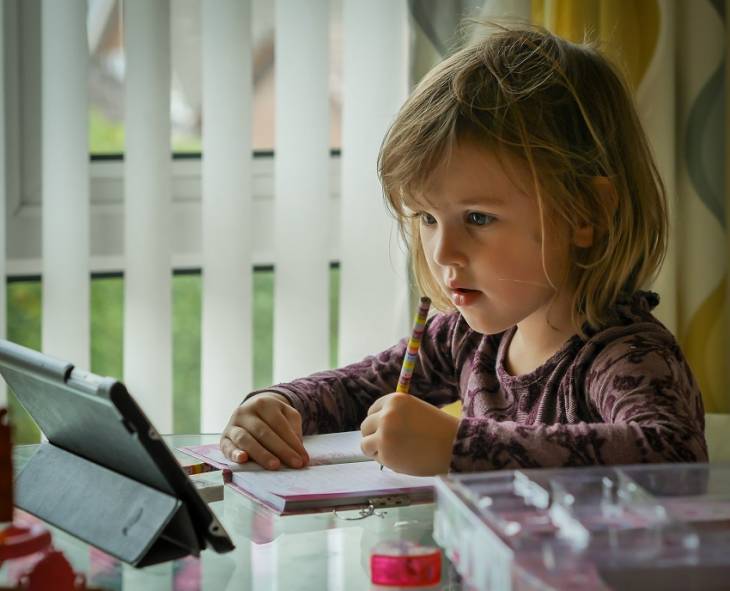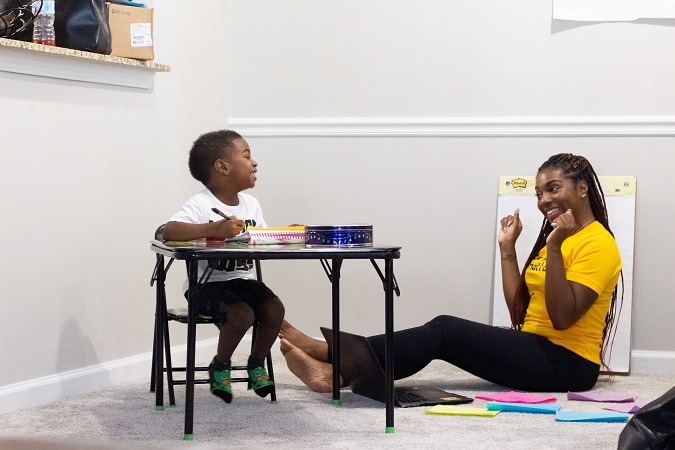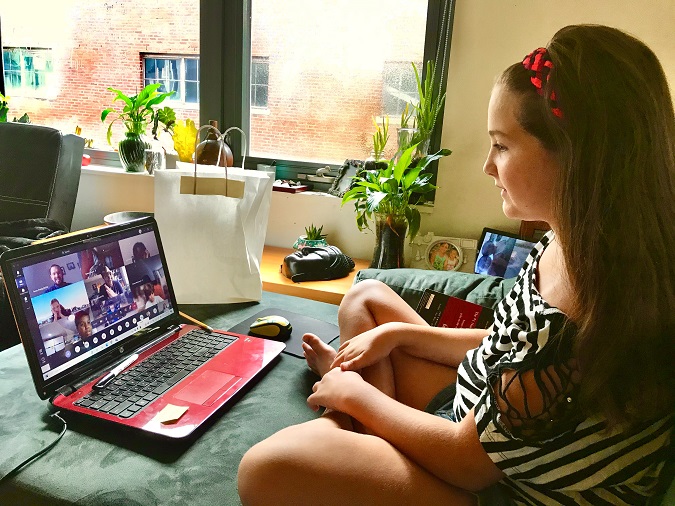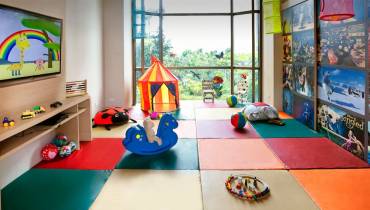How to Make Home Schooling Fun and Effective with Ambient Learning

The ‘ambient learning’ schooling concept was born in response to a major rise of home learning and attempts to boost our children’s learning. It is all about immersing children in learning by surrounding them with inspiring and educational environments.
In this article, we'll focus on ways in which to adopt ambient learning within the home. From how to make sure the lighting is correct and finding the perfect location to choosing fun interiors and more, you will see a growth in your child’s educational development in no time.
Without further ado, here’s how to make home schooling fun and effective with ambient learning:
1. Locate your home classroom with care
The most important factor to consider is putting aside an area in your home that is known as the “classroom.”
Of course, ambient learning isn’t just confined to one room, as it is about learning from your entire surroundings. But having said this, a room which is for those times when your child needs to sit down and really concentrate is very important.

If you can, choose a room that is closed off from the rest of your busy household when you are home schooling.
If you don’t have this luxury, why not locate a certain area of your dining room or kitchen table by placing a different colored table cloth on it when it is time to learn. This will let your child know that it’s time to study.
And if you own pets, make sure that they are away from your child when they really need to concentrate. Often our furry family members are loud and unpredictable, which isn’t what you need when you are trying to learn.
2. Think about lighting
Just like an adult working in an office, good lighting is so important. It will keep your child refreshed when it’s getting dark outside and will avoid any eye-straining so that you can make sure their eye health isn’t being affected whilst learning.
As well as this, if your child is having video call lessons, good lighting will allow their fellow pupils and more importantly, the teacher, to see them clearly: a factor which they will really appreciate when they are trying to read their class and see if they have understood.
You don’t want your child’s misunderstanding not to be seen because often children can be hesitant to ask for help – like anyone of us!
3. Create a fun and colorful learning space
If your home classroom is boring and plain, you can’t expect your child to feel all excited about going in and learning new skills. Instead, make sure their surroundings are so fun and colorful that they never want to leave.
Sit down with your child, whether they are a toddler or teen, and explain that you are going to create a really fun and exciting classroom for them and would love their help.
Together, choose wall paint colors that they love or a cool wallpaper mural with a picture of their favorite interests, unicorns, baseball etc. Make creating your home classroom is fun so that they already feel happy when they are in the room.
4. Think about the age of your child

Of course, when you and your child or children design their classroom, the way it looks will vary completely depending on their age. That’s why it is so important to consider the age of your child as well as the number of children you have when you are trying to create a successful prepared environment. There’s a big difference between a first grader and a high school student, for instance.
A four-year-old needs a ‘learning through play’ space which is a very physical and visual way of learning. Whereas, if your child is older, they may need an environment that is good for lots of video call lessons. Here you would need to make sure the view behind them isn’t invasive to your home life – remove that empty bottle of wine from the night before or photographs of your family's Halloween party last year!
5. Make a cozy reading corner
We all want our children to enjoy reading because they gain so much from it: it widens their imagination, helps towards reading skills, teaches them how to spell as well as how to write with flair. So, if you have a child who is a bookworm or one that hates to even touch a book, then you must create a cozy reading corner for them.

Choose squishy, colorful bean bags, install a fun wallpaper in the corner or even go as far as getting an indoor tee-pee for them to hide under whilst they read to their heart's content! If you have a reluctant reader, surely an amazing reading corner like this would entice them!
6. Always have enough storage
You really won’t achieve ambient learning if there is clutter-galore in your home classroom. That is why ample storage is key. Carefully hide away all those old worksheets that you need to show the teacher for evidence. And have a designated stationary area so that you never need to panic over finding a pencil again! Being organized is key when teaching.
Of course, wooden filing cabinets and drawers do the job, but why not make your storage fun and attractive so that your child can’t wait to tidy up as well? After all, learning to tidy up after yourself is a life-lesson all children should learn as early as possible.
Paint those boring drawers with bright colors and back them with funky wallpapers for a real wow-factor. To tidy away all those crayons and pencils, recycle old plastic bottles by cutting them in half. The more colorful the bottles, the better.
Hope you are now inspired to integrate an ambient learning environment in your own home. Remember, a little effort to your child’s home classroom goes a long way.





















